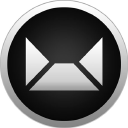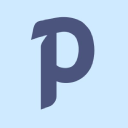I Quit My 9-5 Job And Built A Profitable SaaS Tool
Hello! Who are you and what business did you start?
Hello, I’m Ali Salah, a 28 y/o maker from Egypt. I’m the creator of Instatus.
Instatus is a service where you can create a status page. A status page is a place to show your current status and notify your customers about outages. It helps you keep your customers in the loop, and avoid overloading customer support people when your service goes down.
I’m currently making ~2K MRR from it. It’s not huge by US standards, but it’s already higher than my 9-5 job in Egypt. It’s been growing around $200-300/mo. You can always follow my progress on instatus.com/open.

What's your backstory and how did you come up with the idea?
I’m originally a software developer; I graduated from Computer Engineering at

Download the report and join our email newsletter packed with business ideas and money-making opportunities, backed by real-life case studies.

Download the report and join our email newsletter packed with business ideas and money-making opportunities, backed by real-life case studies.

Download the report and join our email newsletter packed with business ideas and money-making opportunities, backed by real-life case studies.

Download the report and join our email newsletter packed with business ideas and money-making opportunities, backed by real-life case studies.

Download the report and join our email newsletter packed with business ideas and money-making opportunities, backed by real-life case studies.

Download the report and join our email newsletter packed with business ideas and money-making opportunities, backed by real-life case studies.

Download the report and join our email newsletter packed with business ideas and money-making opportunities, backed by real-life case studies.

Download the report and join our email newsletter packed with business ideas and money-making opportunities, backed by real-life case studies.






























